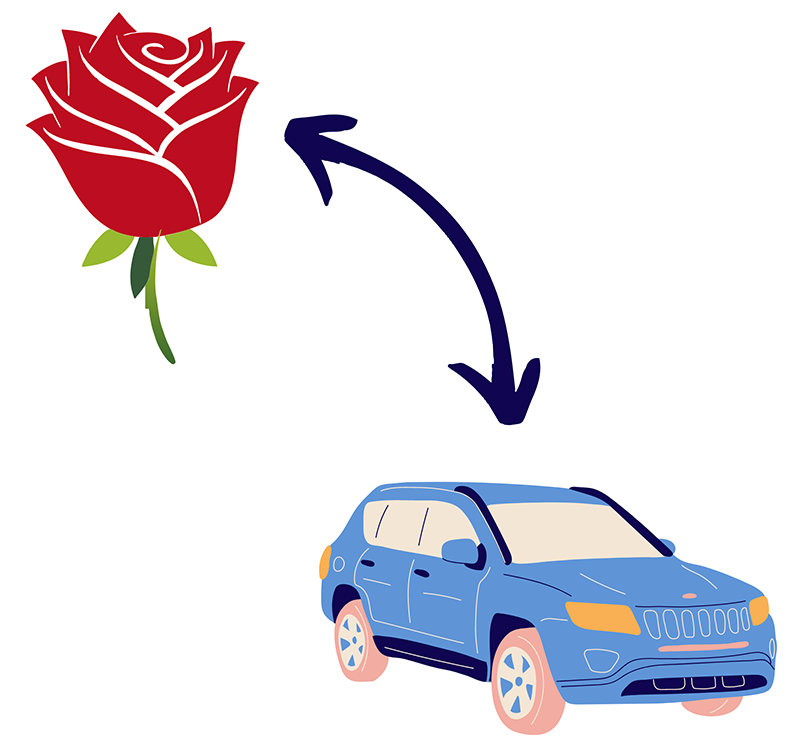March 9, 2022
UCalgary researchers use computer modelling to simulate impact of Alzheimer’s on the brain

A deep neural network is a computerized brain-inspired machine learning model, which uses many layers of simulated neurons to mimic the function of the cerebral cortex. Each layer in the network creates more complex activity, which simulates the way information is processed in the human brain. These networks can be designed to replicate structures in the brain, allowing researchers and scientists to model specific brain functions more easily.
University of Calgary researchers have taken a new approach to using these networks for modelling of the human brain. Most studies, to date, have used deep neural networks to look at healthy brain function. These investigators wanted to know if these models could be applied to better understand brain function in a diseased brain. In this case, looking at posterior cortical atrophy (PCA), an atypical form of Alzheimer’s disease affecting the visual cortex.
“Using these artificial networks to model dementia could enable an improved understanding of the disease,” says Dr. Nils Forkert, PhD, an associate professor in the Cumming School of Medicine and principal investigator. “It allows us to have one well-established reference model that can be damaged in many different ways versus having to image hundreds of patients with different neurodegeneration patterns to obtain similar information.”
In the findings published in Frontiers in Neuroinformatics, Forkert, along with Dr. Anup Tuladhar, PhD, Dr. Zahinoor Ismail, MD, and PhD student Jasmine A. Moore used a standard neural network for automatic object recognition in images, titled VGG19, to simulate a brain with dementia symptoms. The researchers progressively damaged connections between neurons in the network, to mimic neurodegeneration in the visual system of the human brain.
They found that when they damaged the artificial neural network, processing mistakes were made that were similar to a human brain affected by dementia. For example, mislabelling objects such as a fork to a knife, or a tulip to a rose, resulted from artificial neuronal loss. The larger the damage implemented, the greater the likelihood of mislabelling, to such a degree as calling a rose a car.

The researchers say further work is needed to understand how this new approach to modelling brain diseases can be used to study the impact of neuronal loss or damage on other brain functions, such as speech and movement. A next step in refining this modelling approach is to incorporate retraining after neural network injury, as people living with dementia actively work on retraining their brain’s neural connections after damage occurs. In the tulip-to-rose example, those living with dementia would remind their brain of the appropriate labels.
“Incorporating retraining into the injured artificial neural network would allow for more complex and realistic disease modelling,” says Tuladhar, first author and postdoctoral fellow, “as this is important for understanding the progression of diseases of the brain.”
The University of Calgary is one of the first in Canada to be doing this work on simulating brain diseases using artificial deep learning models. This study is just the beginning, with the potential for modelling other brain diseases and injuries, such as Parkinson’s disease.
The model used in the study, VGG19, is accessible through an open science framework for any researcher to use, and is amongst the models with the closest similarity to visual processing in the human brain.
This research was made possible through funding support from the Natural Sciences Council of Canada (NSERC), Brain Create, the River Fund at Calgary Foundation, Alberta Innovates, and the Canada Research Chairs program.
Anup Tuladhar is postdoctoral fellow and a member of the Hotchkiss Brain Institute and the Alberta Children’s Hospital Institute (ACHRI).
Nils Forkert is a member of the Hotchkiss Brain Institute, program director for ACHRI, and assistant professor in the departments of Radiology and Clinical Neurosciences
Led by the Hotchkiss Brain Institute, Brain and Mental Health is one of six research strategies guiding the University of Calgary toward its Eyes High goals. The strategy provides a unifying direction for brain and mental health research at the university and positions researchers to unlock new discoveries and treatments for brain health in our community.





